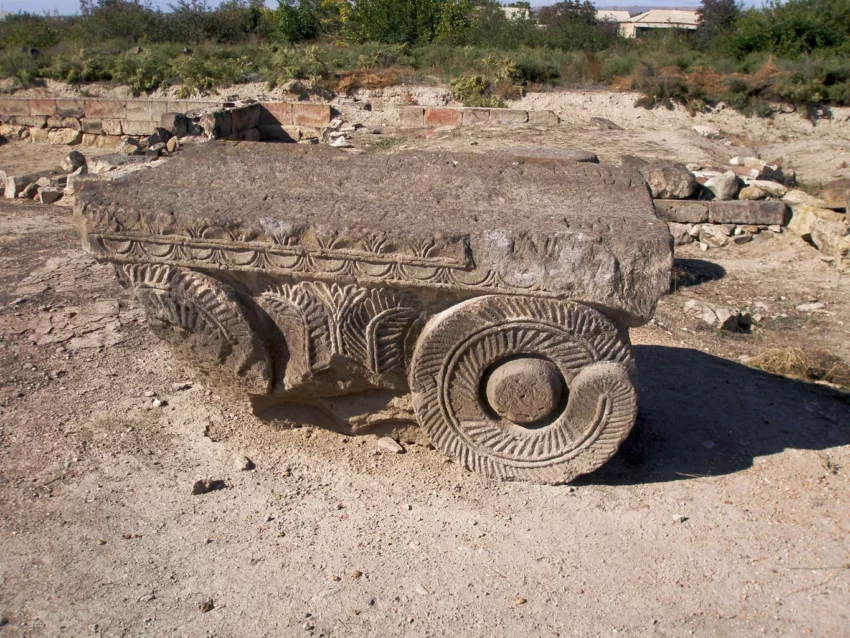The Ancient City of Dvin: A Historical Gem of Armenia
Dvin, known as Duin or Dvin in Classical Armenian, was a bustling commercial city. It served as the capital of early medieval Armenia. Located 35 km south of modern Yerevan, Dvin sat north of the ancient Armenian capital, Artaxata, along the Metsamor River. Before its destruction by the Mongols in the 13th century, it was one of the most important cities east of Constantinople. However, its overall area, estimated at around 1 square kilometer, was smaller than many sprawling Asian metropolises.
Get your dose of History via Email
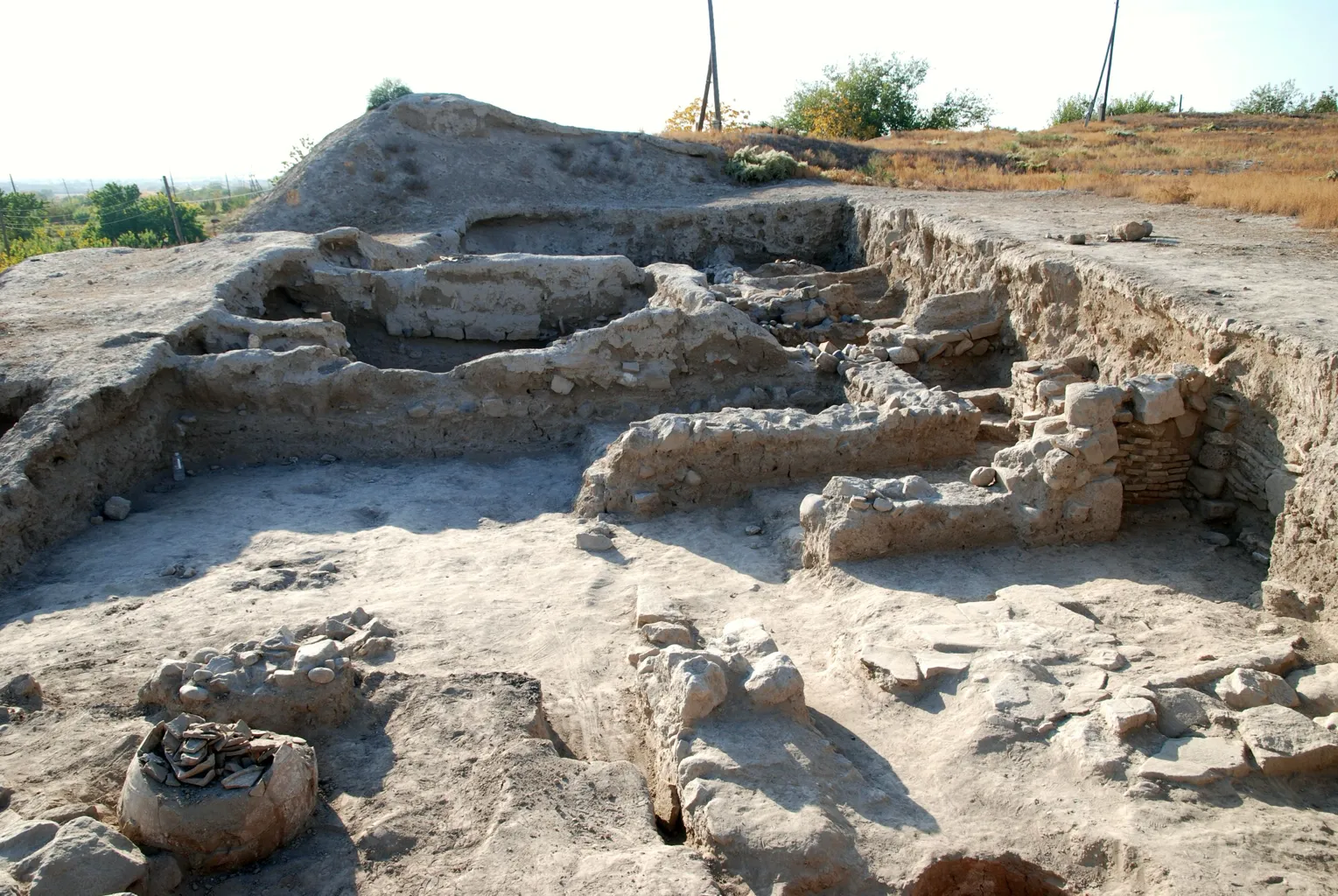
Unearthing Dvin: A Site of Rich History
Today, the site of Dvin resembles a large hill between Hnaberd and Verin Dvin in Armenia. Archaeological digs since 1937 have unveiled a treasure trove of artifacts, shedding light on Armenian culture from the 5th to the 13th centuries.
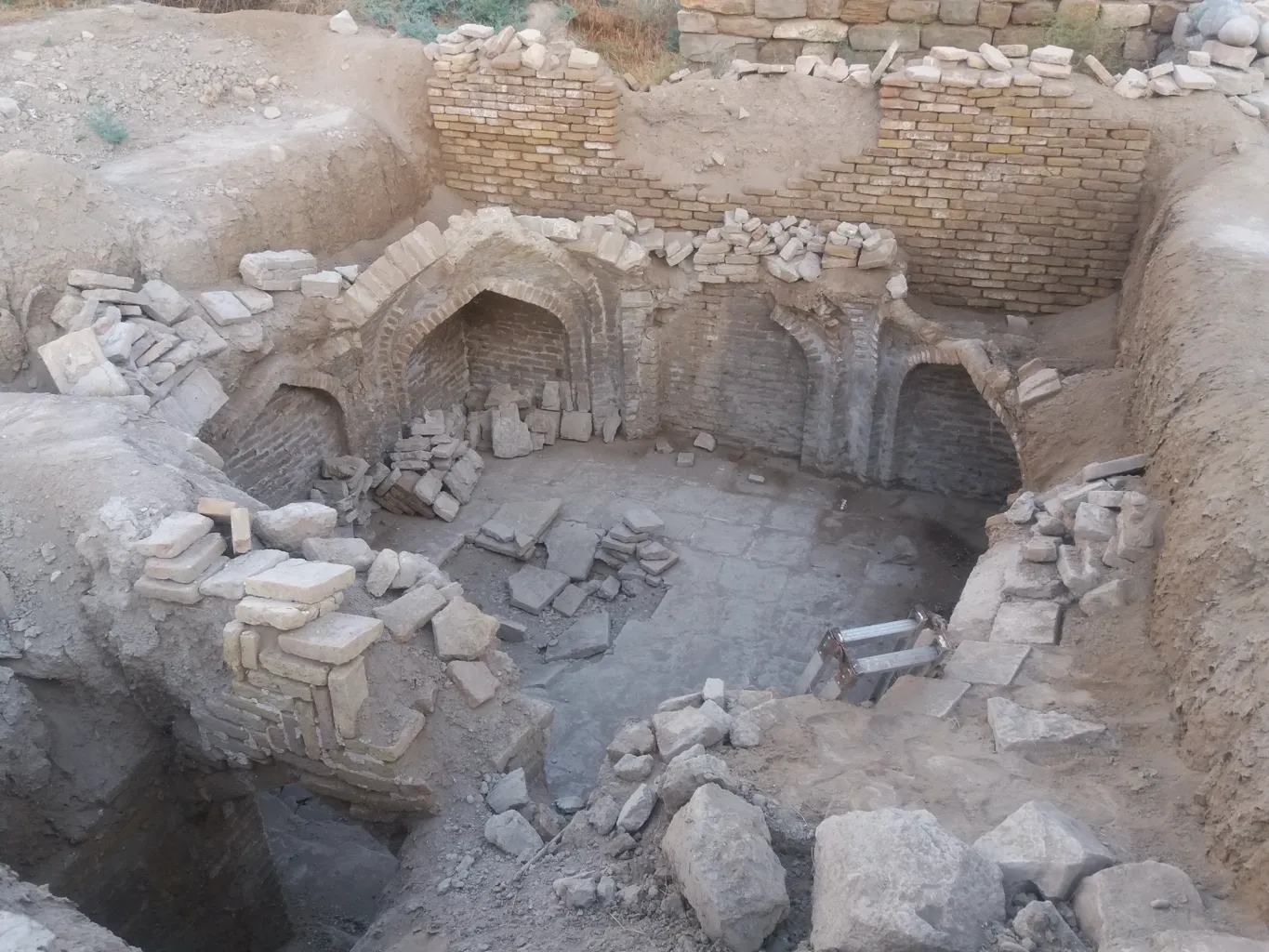
The Name Game: Duin or Dvin?
Early Armenian authors often referred to the city as Duin. Later authors like Samuel of Ani used the spelling Dvin, which is common in scholarly literature. The medieval historian Movses Khorenatsi claimed the name Dvin came from a Persian word meaning ‘hill’. However, this interpretation sparked debate among scholars. Some believe Khorenatsi misinterpreted an earlier source. Yet, the theory gained traction after historian Vladimir Minorsky pointed out similar Persian place names.
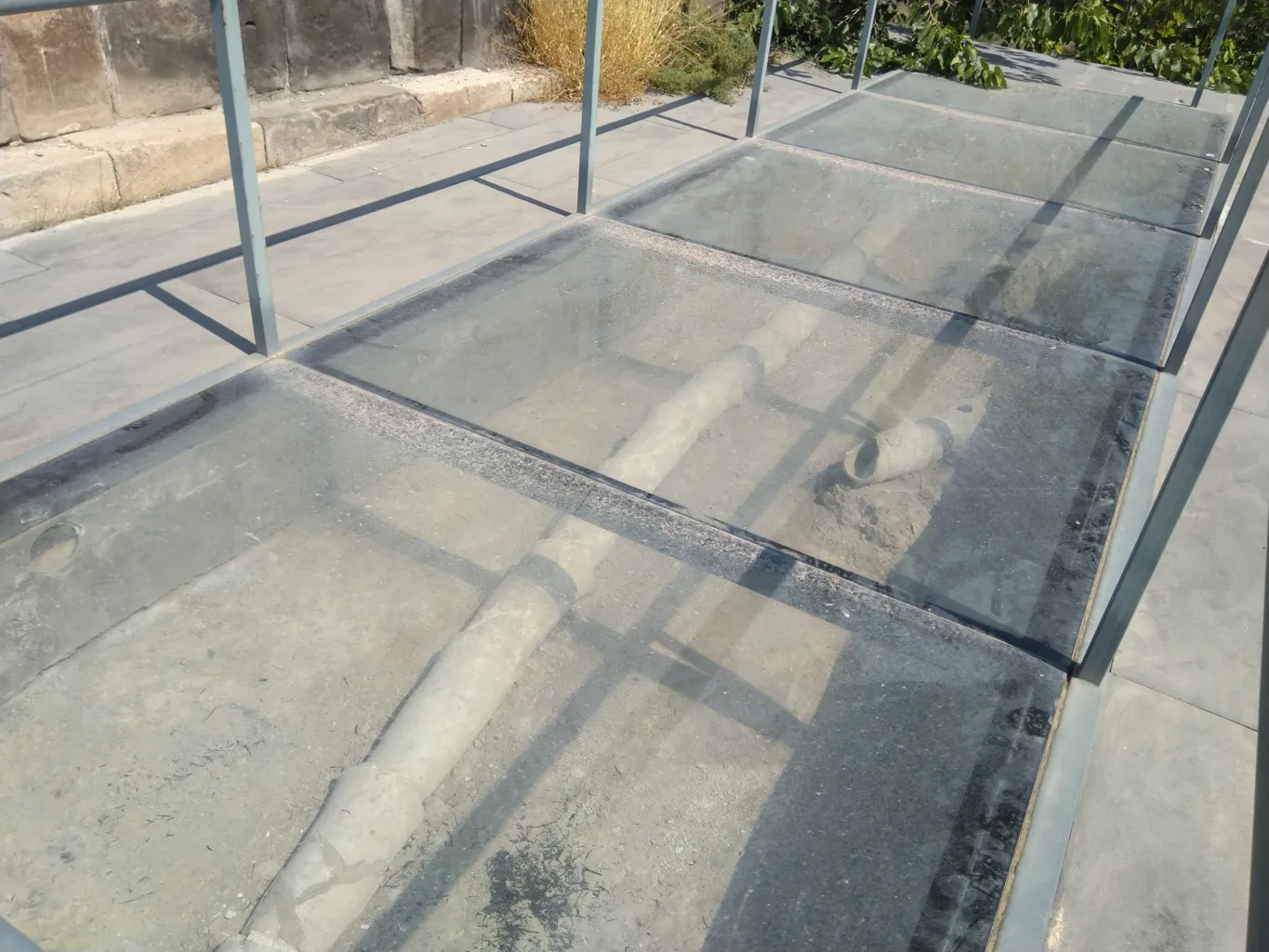
A Thriving Metropolis
King Khosrov III Kotak founded Dvin in 335 AD. He built it on an ancient settlement dating back to the 3rd millennium BC. For centuries, it served as the primary residence for Armenian kings of the Arsacid dynasty. Dvin’s population swelled to around 100,000, including artisans, traders, and fishermen.
After the fall of the Armenian Kingdom in 428, Dvin became the residence of various foreign governors. These included Sassanid, Byzantine, Umayyad, and Abbasid officials. Despite political changes, Dvin remained prosperous. It stood out as one of the wealthiest cities east of Constantinople. Even after the partition of Armenia, Dvin flourished as the provincial capital of Persian Armenia.
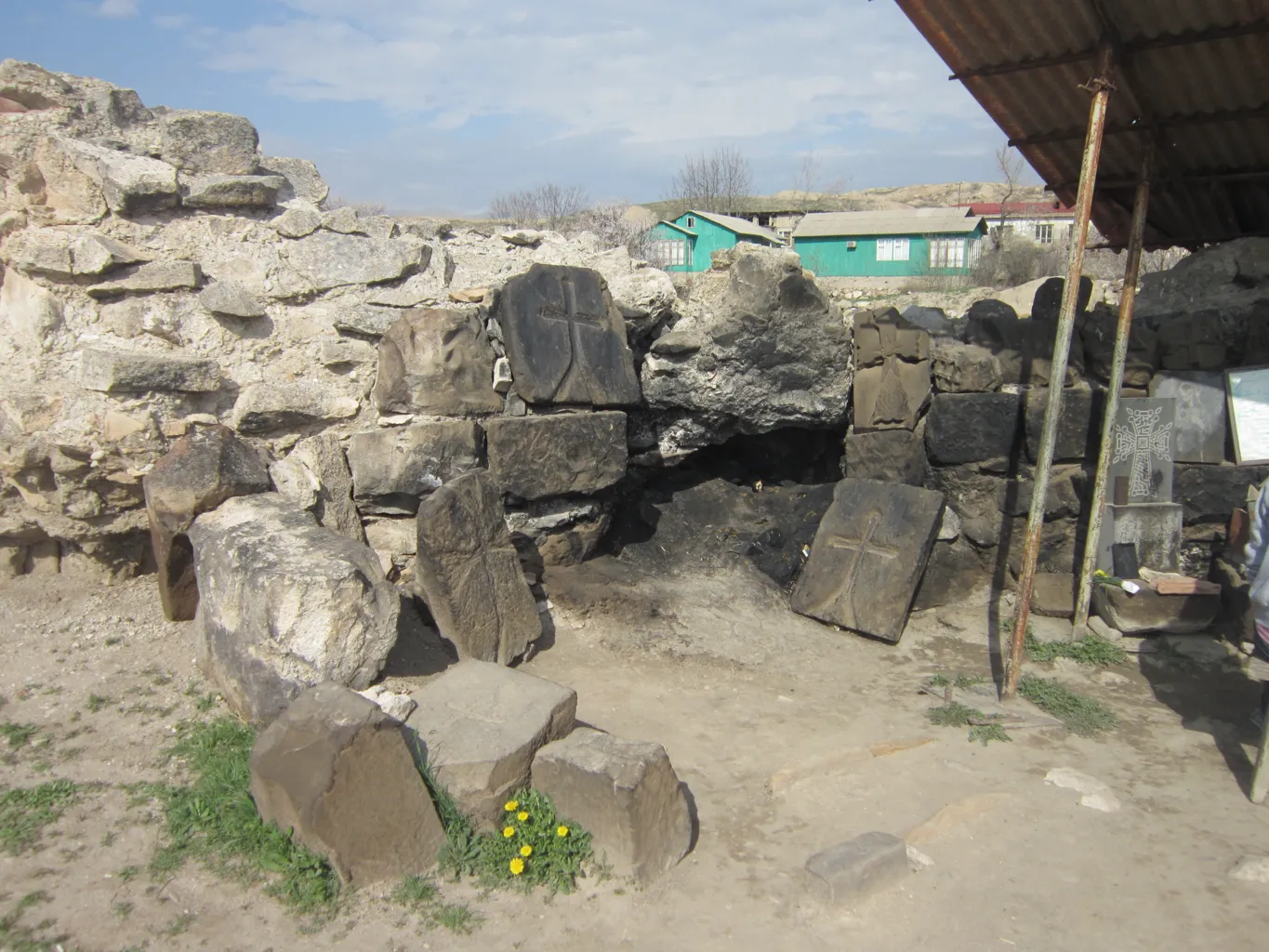
A City Under Siege
The city’s strategic importance made it a target during the early Muslim conquests. In 640, Arab forces captured Dvin during the reign of Constans II. This marked the beginning of the city’s tumultuous history under Arab rule. Despite frequent earthquakes and warfare, Dvin thrived until the 10th century. A devastating earthquake in 893 killed most of its 70,000 inhabitants and led to the city’s decline.

Wars and Conquests
Dvin faced numerous raids and battles over the centuries. In 1021, the Buyids sacked the city. Kurdish Shaddadids then took control and defended it against Byzantine attacks in the 1040s. The Byzantines tried to capture Dvin again in 1045 but failed. In 1064, the Seljuks occupied the city, and later, the Georgians seized it in 1173. Queen Tamar of Georgia briefly controlled Dvin from 1201 to 1203. Jalal al-Din Mangburni captured it in 1225. Finally, the Mongols destroyed Dvin in 1236, ending its long history.
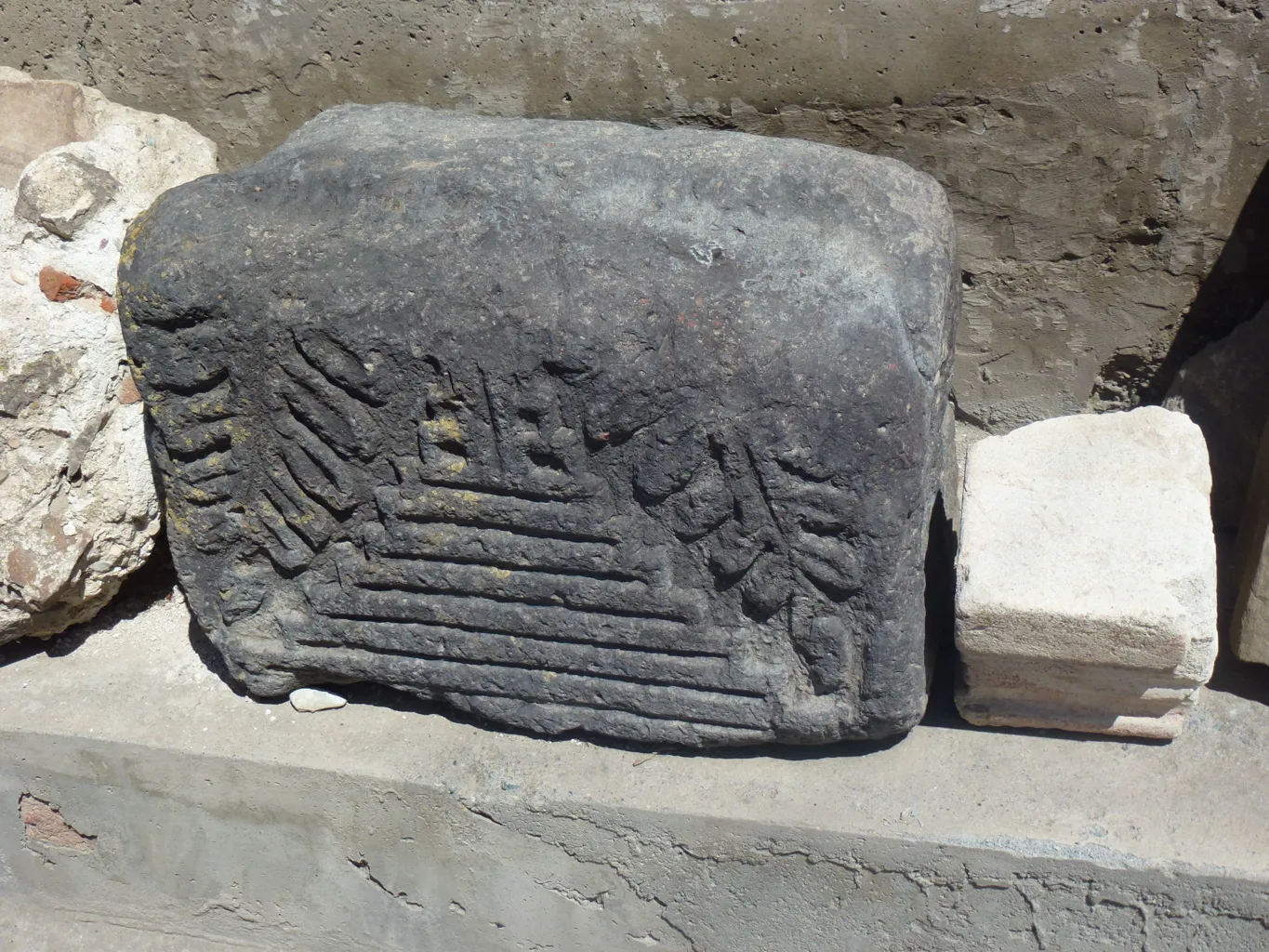
Notable Figures
Dvin is notable as the birthplace of Kurdish generals Najm ad-Din Ayyub and Asad ad-Din Shirkuh bin Shadhi. Najm ad-Din Ayyub’s son, Saladin, founded the Ayyubid dynasty. Although Saladin himself was born in Tikrit, Iraq, his family hailed from Dvin.
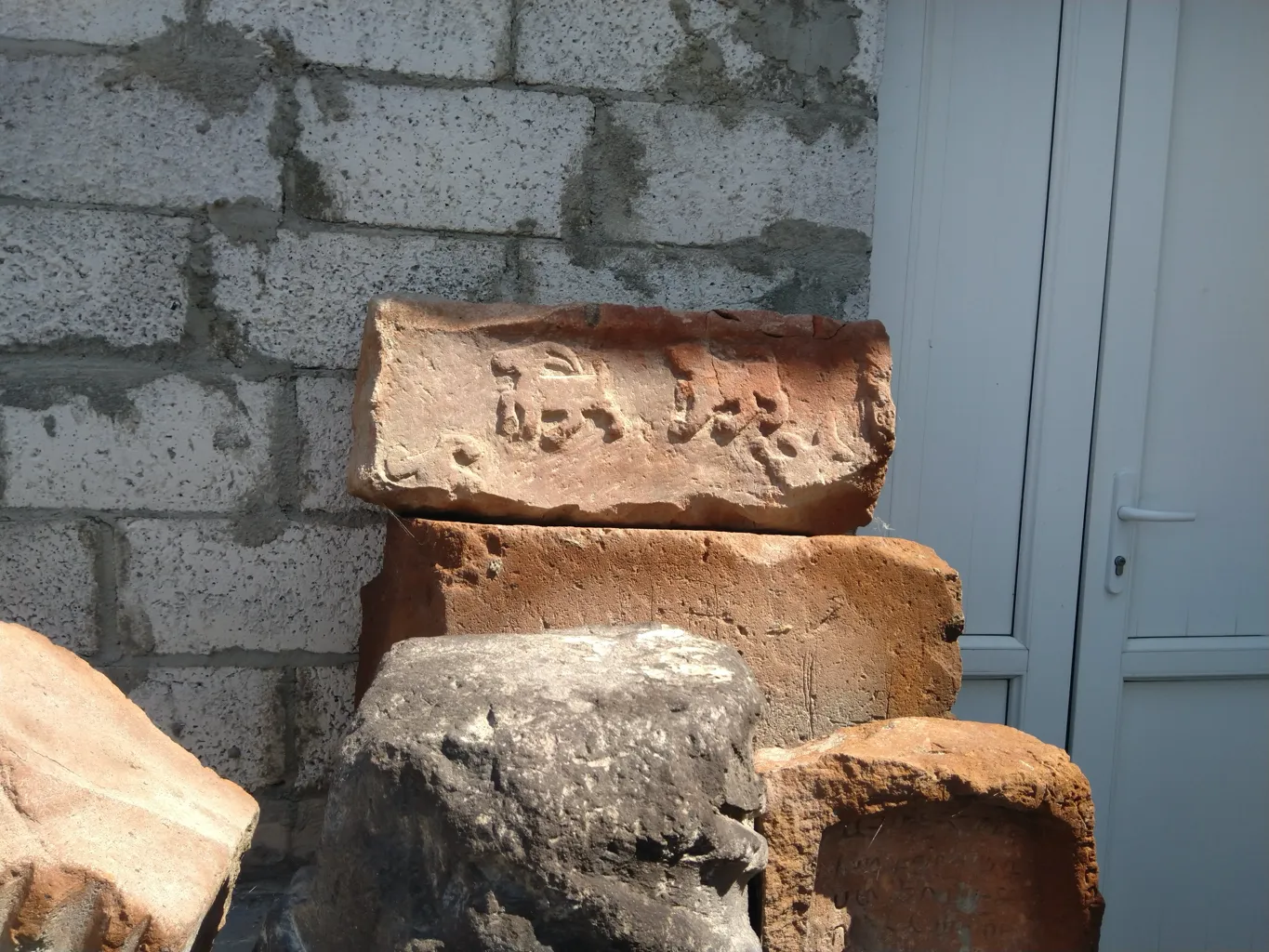
The Cathedral of Saint Grigor
In the heart of ancient Dvin stood the Cathedral of Saint Grigor. Originally a pagan temple from the 3rd century, it became a Christian church in the 4th century. The cathedral featured intricate decorations, including fern-like column capitals and multi-colored mosaic floors. The apse floor had a mosaic of the Holy Virgin, the oldest such depiction discovered in Armenia. By the 7th century, the cathedral was rebuilt into a cruciform domed church. Today, only the stone foundations remain, uncovered during 20th-century excavations.
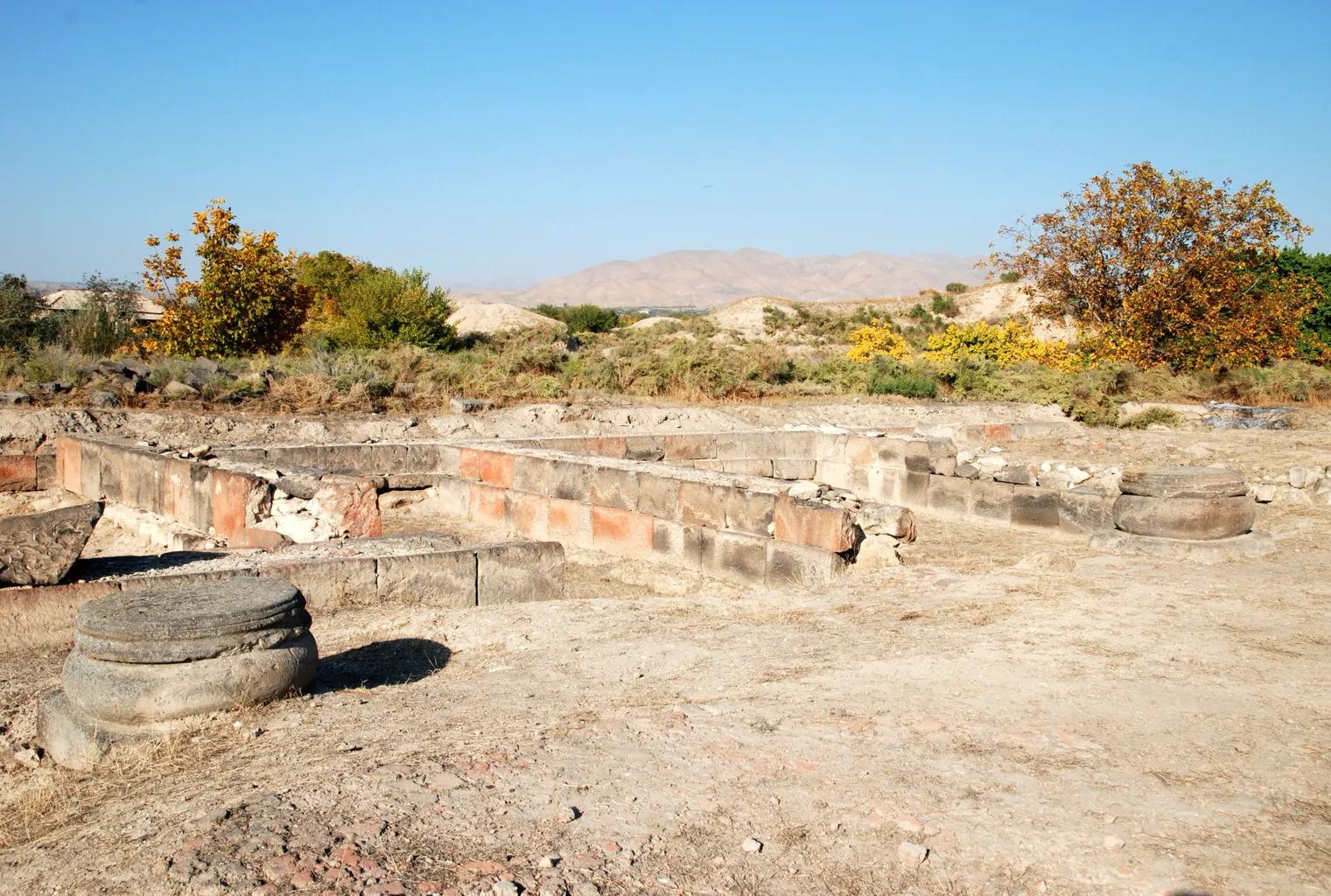
The Hidden Pyramid of Getazat
In 2015, near the village of Getazat, researchers stumbled upon an intriguing hill. Located next to the historic site of Dvin, this hill had a shape that sparked curiosity. Upon closer inspection, they believe it could be an ancient pyramid. This structure, believed to be 2,000 to 3,000 years old, has lay hidden beneath layers of earth and vegetation. Further study is needed to confirm if this is indeed a Pyramid.
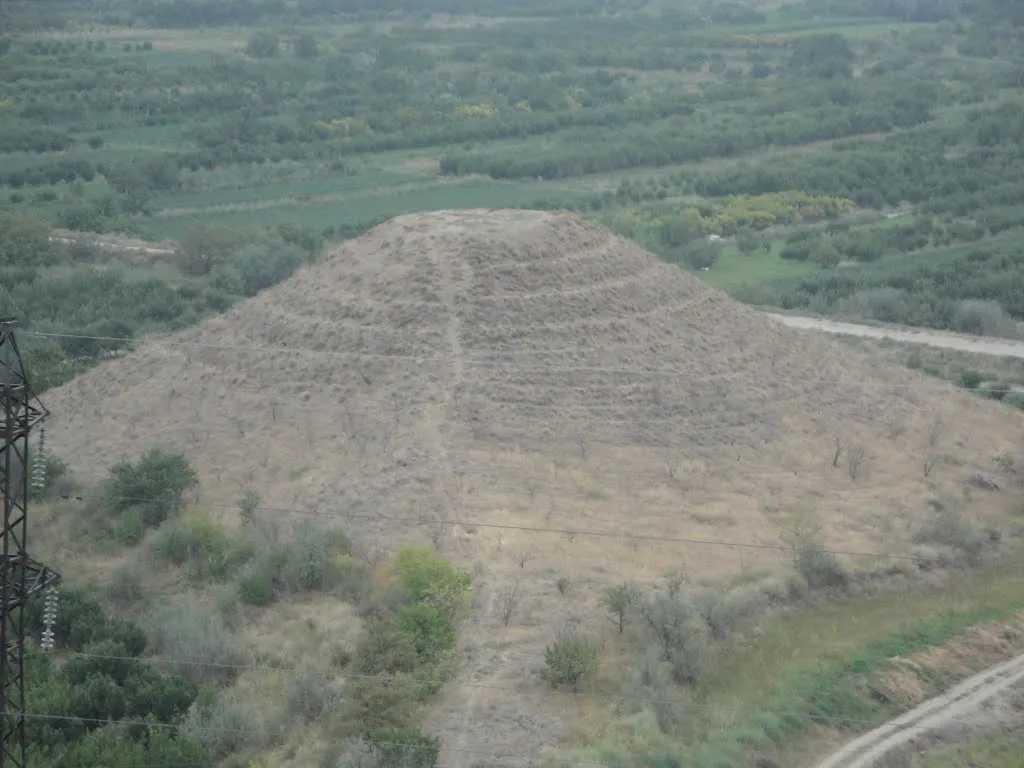
A Legacy Unearthed
Though only ruins remain, the legacy of Dvin endures. Its rich history and cultural significance make it a vital part of Armenia’s heritage. The city’s story, from its founding to its destruction, offers a glimpse into the vibrant and tumultuous history of this ancient land.
Sources:

